Understanding Concussions: The Invisible Injury
A concussion is a type of mild traumatic brain injury that occurs immediately after a blow to the head. Symptoms range from headaches and dizziness to concentration difficulties and sensitivity to light and noise. Though concussions are common, they still are generally considered "invisible injuries." Someone with a concussion might look perfectly fine on the outside, but internally, they can experience symptoms that can debilitate them.
Traditional management of concussions largely revolves around rest and symptom management, requiring patients to pause both physical and cognitive activities until symptoms improve. While crucial for initial healing, this strategy does not address the root biological mechanisms.

Seeking Effective Treatment Options
There is an increasing interest in the use of Red Light Therapy for the treatment of concussion, as it enhances neuroregeneration. The after-effects of concussions include symptoms such as cognitive damage and headache, thus making the process of recovery very cumbersome. Red light therapy offers a new approach that targets underlying biological processes affected by such injuries.
Photobiomodulation of specific wavelengths of red and near-infrared light is able to permeate the skull and stimulate activity at the cellular level in the brain. This technique is noted for its extensive anti-inflammatory properties, which hold the potential to mitigate concussion-related symptoms. RLT is promising as a non-invasive option that may complement traditional concussion management and lead to quicker recoveries.
Can Red Light Therapy Really Help with Concussion Recovery?
Indeed, Red Light Therapy (RLT) shows promise in aiding concussion recovery. As a non-invasive treatment, it targets the underlying mechanisms of brain injury, potentially hastening the healing process.
Potential Mechanisms of Action
Reducing Inflammation
RLT's anti-inflammatory properties might play a key role in mitigating neuroinflammation—one of the primary symptom drivers post-concussion. Neuroinflammation is an immune response to injury, with the release of pro-inflammatory cytokines and other mediators that can worsen such symptoms as headache, dizziness, and concentration difficulties. RLT works by altering the inflammatory response. Studies indicate that RLT dampens the central nervous system's immune cells' activation; thus, fewer microglia cells release inflammation cytokines. This lessened brain inflammation could contribute to alleviating the neurological symptoms associated with a concussion.
Enhancing Energy Production
Activation of the mitochondria, the intracellular organs responsible for energy production, may be invoked by RLT through photobiomodulation. Usually, red and near-infrared wavelengths of light are absorbed by mitochondrial cytochrome c oxidase; this leads to increased ATP production, which subsequently is used for cellular energy. This would, in turn, provide more energy for the brain cells, enabling them to repair and recover from an injury. Enhanced energy reserves mean neurons may maintain normal function for extended periods during healing.
Promoting Neurogenesis
RLT has been shown to foster neurogenesis, the creation of new neurons. Particularly with respect to brain regions central to learning and memory, like the hippocampus, this process is vital for recovery. Research has also documented that RLT improves the expression of BDNF, a protein supporting the survival, development, and function of neurons. This increased BDNF has been implicated in enhanced neurogenesis and synaptic plasticity. Thus, RLT might have a powerful influence on recovery following concussion through the growth of new brain cells and enhancement of connection between neurons. Such a neurogenic effect would improve cognitive function and memory, adding to the brain's resilience.

What does Research say about Red Light Therapy for Concussions?
Early Studies Show Promise
Red light therapy for the treatment of concussions is still new, but early results appear promising. However, these findings stem from small-scale studies and preliminary clinical trials, preventing broad conclusions at this stage.
RLT can help improve a number of critical factors related to recovery: improved cognitive function, sleep, and symptom reduction. Some of the pilot trials have indeed been able to establish that RLT enhances cognitive performance in individuals suffering from mild traumatic brain injury. In these early studies, subjective improvements in memory were reported; participants had increased attention and reduced fatigue.
RLT has also been associated with the improvement of sleep issues, one of the frequent complaints following concussions. Poor quality of sleep and sleep disturbances, such as insomnia or excessive daytime sleepiness, may significantly hold up the process of recovery after a concussion. Small studies have reported that the use of RLT helps to restore the circadian rhythm and positively influences sleep efficiency.
Larger-Scale Studies Needed
To validate these encouraging preliminary outcomes, more comprehensive and rigorously controlled clinical trials are required to firmly establish RLT's efficacy in concussion recovery.
A primary limitation is the inconsistency in RLT protocols across studies, with variations in light wavelengths, treatment lengths, and dosages resulting in inconsistent outcomes. There is also a lack of long-term follow-up in many studies, concerning the effects that RLT will have on concussion recovery over a certain period of time.
Red Light Therapy: A Potential Game-Changer for Concussion Recovery
Red light therapy has the potential to revolutionize the field of concussion recovery. Non-invasive and with the capability to treat at a mechanistic level, it is an attractive option for relieving the symptoms of a concussion. Although additional studies are essential to fully comprehend its advantages and establish standardized treatment protocols, RLT offers a beacon of hope for enhanced recovery experiences in concussion patients.
References
- Naeser, Margaret A et al. “Transcranial, Red/Near-Infrared Light-Emitting Diode Therapy to Improve Cognition in Chronic Traumatic Brain Injury.” Photomedicine and laser surgery vol. 34,12 (2016): 610-626. https://pubmed.ncbi.nlm.nih.gov/28001756/
- Hamblin, Michael R. “Photobiomodulation for traumatic brain injury and stroke.” Journal of neuroscience research vol. 96,4 (2018): 731-743. https://www.ncbi.nlm.nih.gov/pmc/articles/PMC5803455/
- Karr, Justin E et al. “Treatment of chronic symptoms following mild traumatic brain injury with transcranial LED: a sham run-in pilot study of photobiomodulation therapy.” Brain injury vol. 38,6 (2024): 425-435. https://pubmed.ncbi.nlm.nih.gov/38329020/
- Bell, Kathleen R et al. “The effect of phototherapy on sleep during acute rehabilitation after traumatic brain injury: a randomized controlled trial.” Brain injury vol. 35,2 (2021): 180-188. https://pubmed.ncbi.nlm.nih.gov/33459040/
- Morries, Larry D et al. “Treatments for traumatic brain injury with emphasis on transcranial near-infrared laser phototherapy.” Neuropsychiatric disease and treatment vol. 11 2159-75. 20 Aug. 2015, https://www.ncbi.nlm.nih.gov/pmc/articles/PMC4550182/
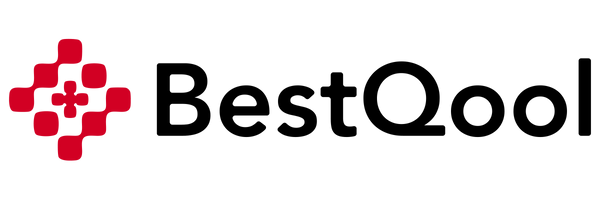


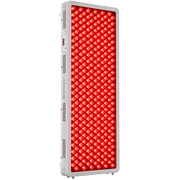
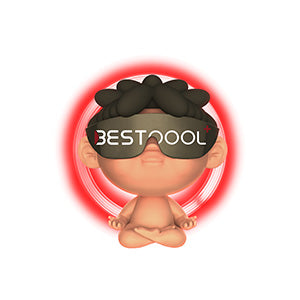








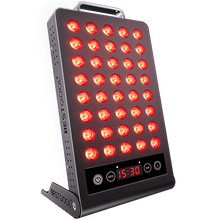
 Small
Small
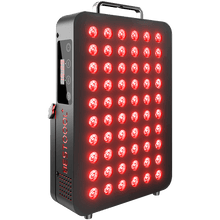
 Moderate
Moderate
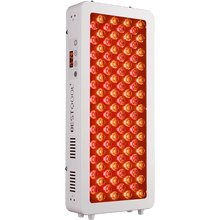
 Moderate
Moderate
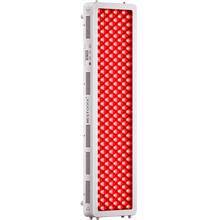
 Moderate
Moderate
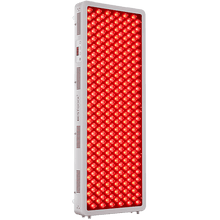
 Full
Full



